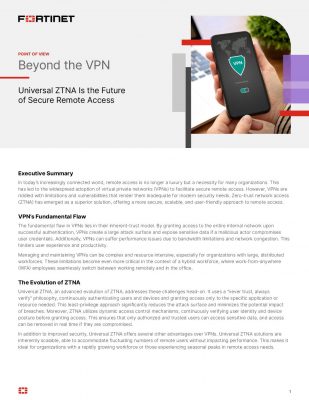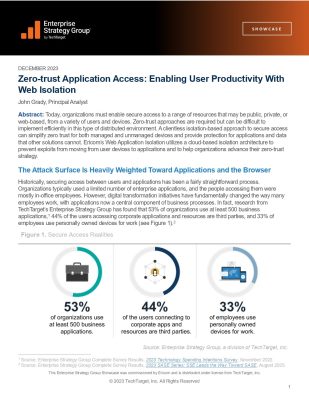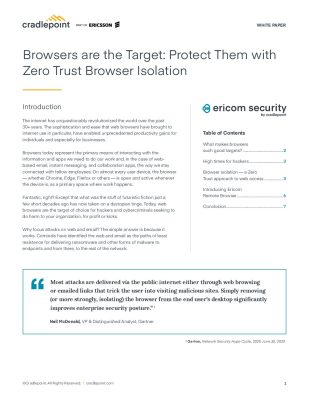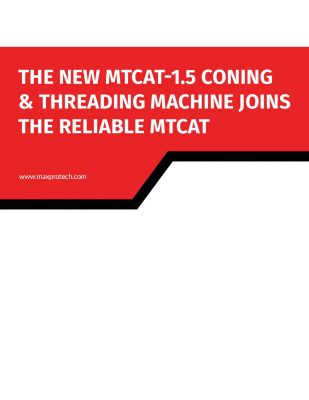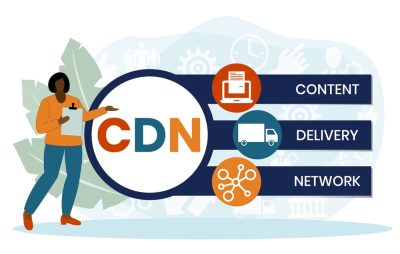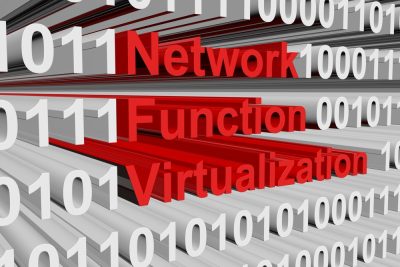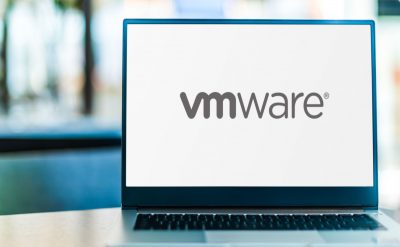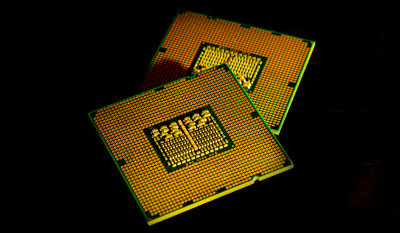Highlights:
- NaaS can replace conventional network configurations like multiprotocol label switching (MPLS) connections, virtual private networks (VPNs), and others.
- Because NaaS is easy to access from anywhere in the world and on any device, it is anticipated to be used extensively in hybrid and small businesses in the coming years.
We know that internal Wide Area Networks (WANs) often lead to network traffic congestion and necessitate continuous upkeep. Opting for Network as a Service (NaaS) is a more convenient alternative. Furthermore, NaaS allows employees to bypass the IT department entirely by connecting directly to a company’s cloud services through a virtual network managed and secured by a third-party provider.
What is Network-as-a-Service (NaaS)?
A cloud-based service model known as “Network as a Service” (NaaS) refers to cloud providers renting out their networking capabilities to customers. Customers can manage their networks efficiently with NaaS without maintaining their own physical networking infrastructure.
Like other cloud services, providers of NaaS use software-based networking features, allowing businesses to set up their networks entirely without using any hardware. An internet connection is all that is needed.
NaaS can replace traditional network configurations such as virtual private networks (VPNs) and multiprotocol label switching (MPLS) connections. Additionally, it can replace onsite networking devices like load balancers and firewall appliances.
There are three categories of NaaS services:
Network application: Application capabilities type of service where NaaS Cloud Service Category can use network applications provided by Cloud Service Provider.
Examples of NaaS applications include virtual routers, virtual content delivery networks (vCDN)
Network platform: Platform capabilities are a service that allows NaaS CSC to utilize the network platform made available by NaaS CSP. To deploy, manage, and use customer-created or customer-acquired network applications, the NaaS platform provides one or more software execution environments and one or more programming languages.
Network Connectivity: NaaS connectivity is an infrastructure capability service enabling NaaS CSC to provision and utilize NaaS CSP’s networking connectivity resources. This includes bandwidth on demand (BoD), flexible and extended virtual private networks (VPNs), etc.
CSP provides connections between two or more endpoints in this category, which may also include additional network features.
Difference between SaaS V/s IaaS V/s NaaS
Three different cloud computing models—Network as a Service (NaaS), Infrastructure as a Service (IaaS), and Software as a Service (SaaS)—offer users varying degrees of service and functionality. The variations between these models are broken down as follows:
| Software-as-a-service | Infrastructure-as-a-service | Network-as-a-service |
|---|---|---|
| Any software application delivered via the cloud as a subscription-based service is called “software as a service” (SaaS). | Any IT hardware and software infrastructure components, such as computing power or storage, used through the cloud in a flexible consumption or subscription-based model are called infrastructure as a service (IaaS). | Network as a service (NaaS) is much more specialized and only relates to networking functionality, in contrast to SaaS and IaaS. It only refers to networking hardware, software, and services delivered in a “cloud-like” manner, which implies subscription-based or consumption-based billing, in contrast to SaaS and IaaS |
| SaaS includes a wide range of online programs that people use daily. | It’s an all-encompassing category, similar to SaaS, encompassing the entire IT infrastructure portfolio, from computing to storage to networks. | The term is occasionally expanded to cover a network environment’s general daily management and operations by a third party, such as the vendor or vendor partner. |
How is NaaS a Convenient Option?
NaaS is a better option than relying on WANs that are internally maintained for the following reasons:
- Organizations can use a virtual network to directly connect their cloud applications or services by implementing NaaS. The on-demand network services are the responsibility of the external vendor, who must manage and safeguard more than internal IT teams.
- Users can use any device and any location to access its resources. However, it needs strict access controls without a VPN. Each user needs a reliable internet connection and login information.
- With software rather than hardware, network changes are made in the cloud. Users can modify their networks quickly and easily to suit their needs.
- NaaS offers users a variety of security tools, including firewalls. As a result, network and network security are tightly integrated.
- The users don’t have to build their own infrastructure; they can buy cloud services. The hardware is not the user’s responsibility to purchase or maintain. The cloud vendor is responsible for fulfilling their obligation to provide the service.
- Organizations can scale their networks quickly with the help of NaaS cloud management capabilities, which can offer cohesive management of network domains (data centers, enterprise campuses, and WAN). To oversee all network operations, additional managed services can be implemented.
Future NaaS Opportunities
NaaS vendors typically emphasize SD-WAN functionality in addition to the NaaS model’s core principles of ease of reading and management. The network-as-a-service model is a compelling new option for businesses concentrating on code design without hiring engineers and developing hardware infrastructure.
- A company can virtualize and manage its network using NaaS instead of hardware switches and nodes using virtual logic entities.
- NaaS is expected to be widely used in hybrid and small businesses in the coming years because it is easy to access anywhere in the world and on any device. If an employee has a reliable internet connection and login information, they can easily access any platform.
- The client can pay separately for each service, including optimization, firewall, other security services, and SD-WAN. Typically, the service provider will charge a monthly subscription fee, but infrastructure functionality may or may not be included depending on the service provider.
- You can choose the best financial model and feature set for your needs once your company has determined its business objectives and the extent of its service requirements.
Conclusion
Network-as-a-Service is a framework that can be applied to current cloud networking infrastructures. Its purpose is to not only address the limitations of these infrastructures but also significantly enhance their capabilities. Cloud service providers can utilize NaaS to improve the efficiency of their infrastructure utilization while introducing increased agility in deployment, provisioning, and orchestration.
For businesses that want to experiment with a lot of code design but avoid hiring engineers or building physical hardware setups, the network as a service is still one of the most intriguing new IT options.
Dive deeper into the world of IT with our collection of informative Networking whitepapers.




